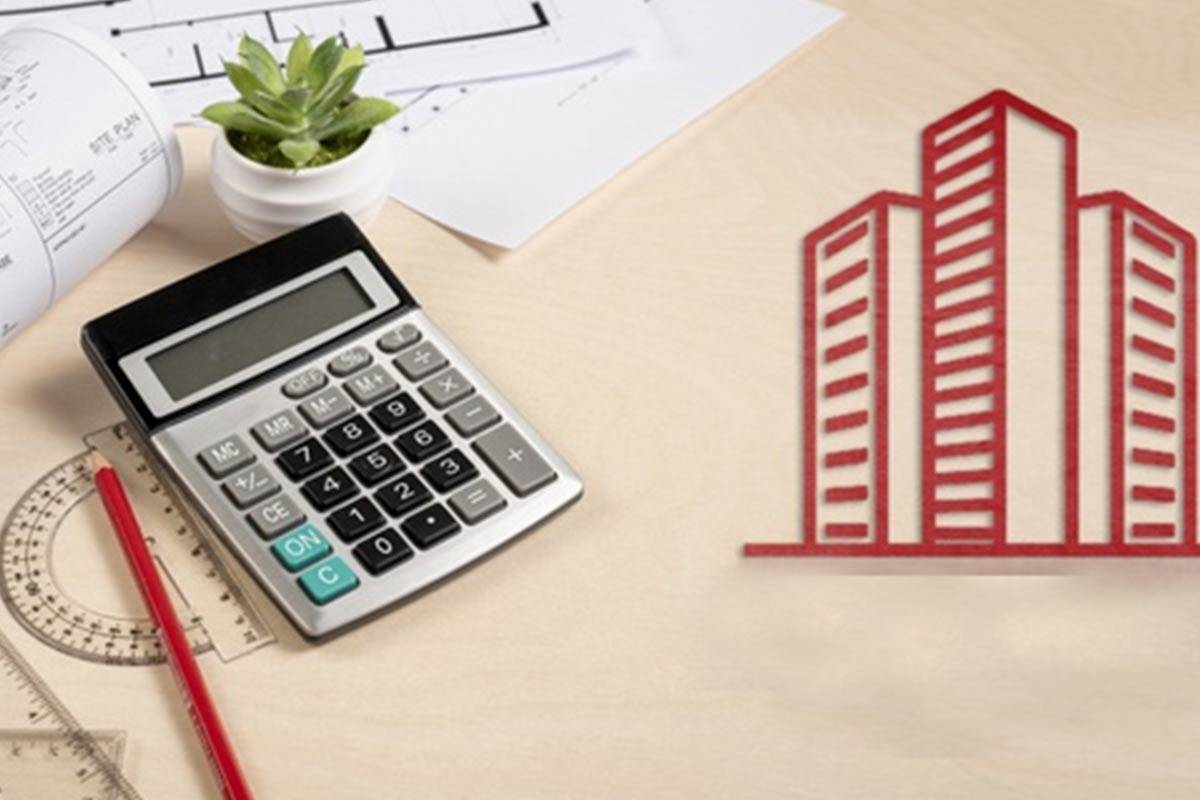Residential Real Estate: Learn from 2021 and invest in 2022
The pandemic has made people value home more than ever before and are now more particular about their choices
The pandemic has made people value home more than ever before and are now more particular about their choices

Circa 2021 – a time when residential real estate witnessed a meteoric bounce back from the aftermath of the pandemic. The need for owning your own home regained its paramount importance for every Indian family. Falling interest rates and stamp duty cuts acted as the much-required catalyst to the growing demand for owned homes. The pandemic has made people value home more than ever before and are now more particular about their choices.
Property prices have risen at a compound annual rate of 1-2 per cent since 2014, somewhat slower than inflation and lagging behind income growth. On the one hand, while property values have remained stable, average yearly income growth has been between 8% and 10%. Property prices were, on average, roughly six times a buyer’s annual income in 2000. In 2021, the average price of a home acquired by an individual was four times their annual salary
Between 2011 and 2020, affordability has increased across all cities. A sharp decrease in the cost of funding – average home loan rates reduced from around 8.9% in 2019 to below 7% now, more than offset the adverse impact of lower incomes on affordability.
As of 2021, home loan interest rates in some banks are as low as 6.65%. At present house loan interest rates, a person could get an additional loan of around Rs 6.5 lakh. The EMI is reduced if the person decides to take out the same loan amount. The EMI would be roughly Rs 4,000 less than it would have been before the home loan interest rates came down.
On the other hand, reduced home loan interest rates are only one aspect of the affordability issue. To attract the target audience, real estate came up with interesting offers and discounts to make real estate cheaper for the buyers; this was the time to retain the clients. Several new projects have been initiated, indicating that demand is increasing in these difficult times
In the post-COVID scenario by 2022, the NRI investments in the Indian residential market are also expected to increase due to reduced uncertainty associated with pandemic, superior foreign exchange conversion rates, and increased transparency due to stricter regulatory measures. In Circa 2022, product design will take precedence over apartment size. An extra room has become a mandatory consumer preference; outside the four walls (open spaces and amenities) of a home will become equally important to what is inside the four walls. Homebuyers’ preferences are strongly moving towards integrated township, walk-to-work, shop, hotel, hospital, school, and parks.
The last one year has seen the demand for ready-to-move-in units swell in almost all real estate segments, including luxury, affordable and mid segment housing. The share of ready-to-move-in (RTMI) homes in total housing sales in the primary market increased to 21% in the pandemic hit 2020, up from 18% the previous year, as home buyers preferred completed apartments to avoid the risks associated with under-construction properties.
In 2021, the sale of RTM in Delhi-NCR rose to more than 25% compared to around 15% in 2019. However, by end of 2021, RTM properties will have limited supply; thus, in 2022 we will witness increased demand for newly launched properties for credible and established developers. According to a recent report by ICICI Securities, the market share of top listed developers is poised to grow from 21% in FY 2021 to 25% in FY 2024. The price differential should fuel up the demand for under-construction property. The sector understood this upcoming demand leading to the increase in new launches, which grew by around 50% y-o-y in major real estate markets.
In 2021, we have learned that affordability has been an important factor for the majority of buyers. Over half of the housing demand in major residential markets has been for apartments costing Rs 45 lakh followed by around 25% demand for homes costing between Rs 45 lakh and Rs 75 lakh. So, 2022 will also be the year for developers to optimize cost, despite increasing input prices, by deploying technology in most aspects of real estate development and business to ensure of affordability of owning a home is not hampered adversely
https://www.financialexpress.com/money/residential-real-estate-learn-from-2021-and-invest-in-2022/2351609/